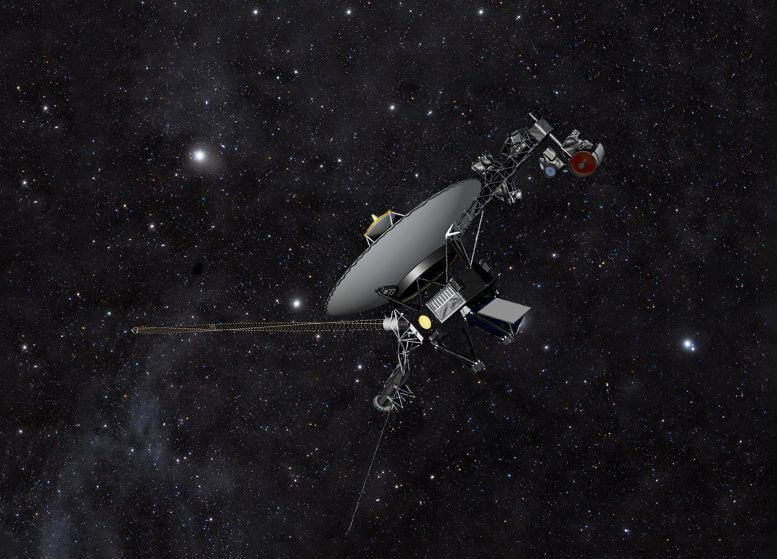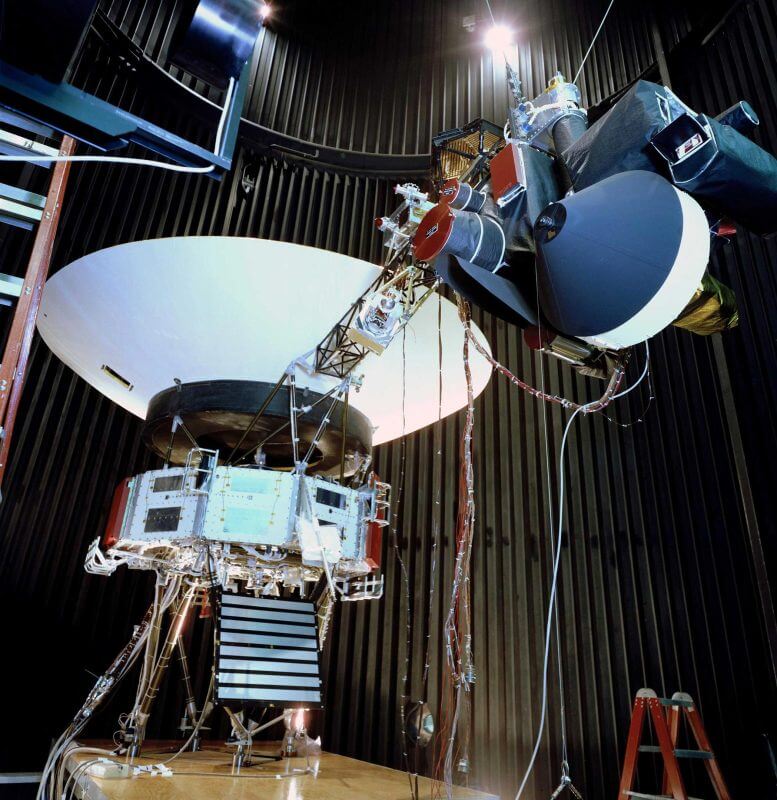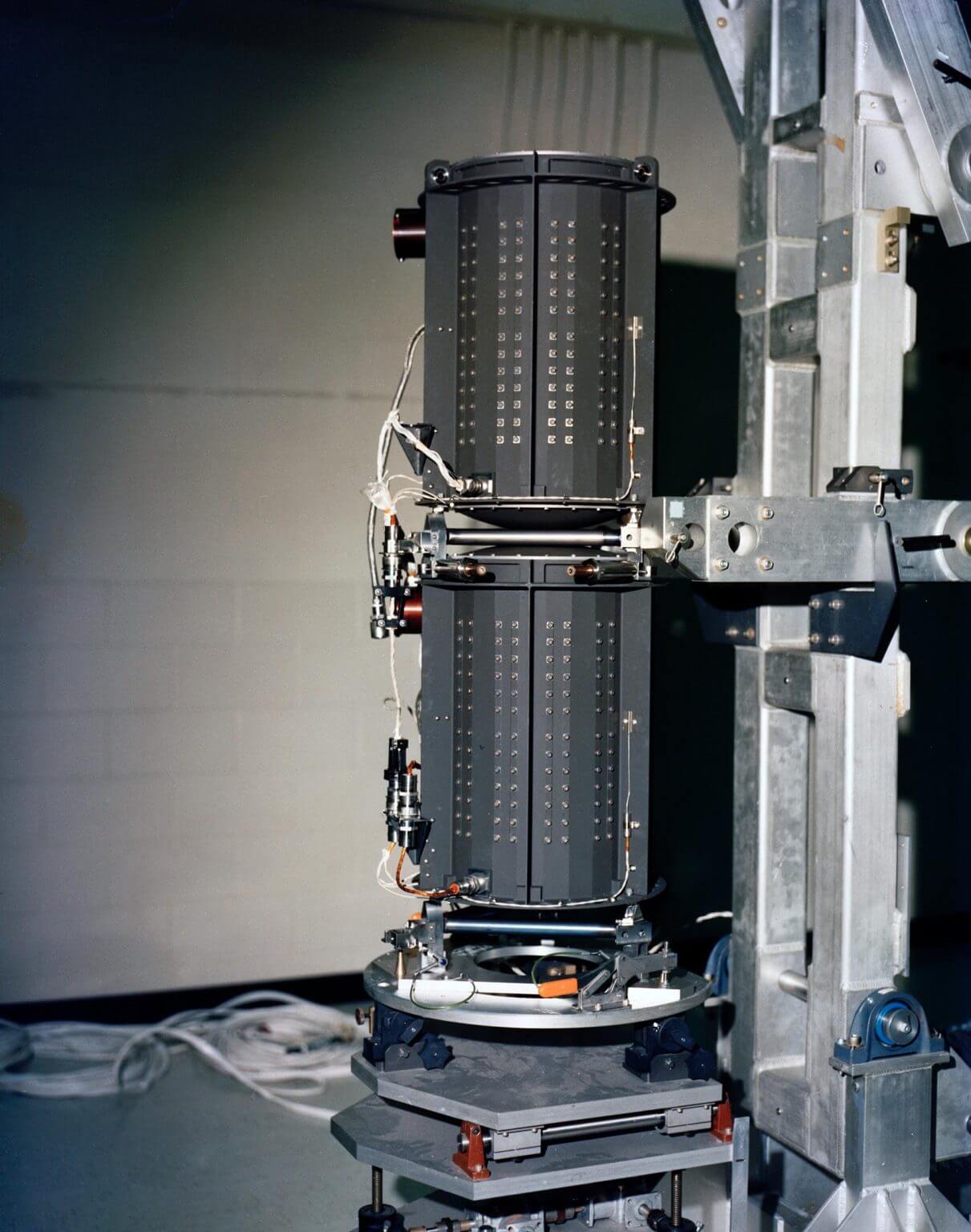NASA has decided to keep Voyager 2's scientific instruments on for a few more years, allowing for more discoveries from interstellar space.

Voyager 2, launched in 1977, is more than 20 billion kilometers from Earth, continuing to explore interstellar space from five science instruments that are still operational. To help keep these devices running despite the dwindling power supply, the aging spacecraft began using a small pool of backup power that was allocated as part of a safety mechanism. The move will allow NASA's Jet Propulsion Laboratory (JPL) to delay turning off the scientific instruments until 2026, instead of turning them off this year.
Turning off one scientific instrument will not finish the mission. After shutting down one instrument in 2026, the probe will continue to operate four scientific instruments until the dwindling power supply necessitates shutting down another instrument. If Voyager 2 remains intact, the engineering team anticipates that the mission could continue for many more years.

Voyager 2 and its twin Voyager 1 are the only spacecraft to ever operate outside the heliosphere, the protective bubble of particles and magnetic fields created by the Sun. The probes help scientists answer questions about the shape of the heliosphere and its role in shielding Earth from energetic particles and other radiation found in the interstellar environment.
"The science data that the Voyager spacecraft transmit becomes more valuable as they get farther from the Sun, so we're definitely interested in keeping as many science instruments running as long as possible," said Linda Spilker, Voyager project scientist at the Jet Propulsion Laboratory. of NASA in Southern California, which manages the mission for NASA.
Power to explore
Voyager's two probes power themselves using radioisotope thermoelectric generators (RTGs), which convert heat from decaying plutonium into electricity. The continuous decay process means that the generator produces slightly less electricity each year. So far, the reduced power supply has not affected the mission's scientific output, but to compensate for the loss, engineers have turned off heaters and other systems that are not essential to the continued flight of the spacecraft.
Now that these options were exhausted on Voyager 2 it was necessary to shut down one of the spacecraft's five scientific instruments. (Voyager 1 operates one less science instrument than Voyager 2 because one instrument malfunctioned early in the mission. As a result, the decision on whether to shut down an instrument on Voyager 1 will not come until sometime next year.)

Looking for a way to avoid Voyager 2's scientific instrument shutting down, the team took a closer look at a safety mechanism designed to protect the instruments in case the spacecraft's voltage - the flow of electricity - changes significantly. Because voltage fluctuations can damage devices, Voyager is equipped with a voltage regulator that activates a backup circuit in such a case. The circuit can access a small amount of power from the RTG allocated for this purpose. Instead of storing this power, the mission will now use it to power the science instruments.
Although the spacecraft's voltage will not be tightly regulated as a result, even after more than 45 years of flight, the electrical systems in both spacecraft remain relatively stable, which minimizes the need for a safety net. The engineering team is also able to monitor the voltage and react if it varies too much. If the new approach works well for Voyager 2, the team may apply it to Voyager 1 as well.
"Variable voltages pose a risk to the instruments, but we've determined it's a small risk, and the alternative offers the big reward of being able to keep the science instruments powered up longer," said Susan Dodd, Voyager project manager at JPL. "We have been following the spacecraft for several weeks, and it seems that this new approach is working."
The Voyager mission was originally planned to last only four years when the two spacecraft were only supposed to pass by Jupiter and Saturn. NASA extended the mission so that Voyager 2 could visit Neptune and Uranus; It is still the only spacecraft ever to encounter these ice giants. In 1990, NASA extended the mission again, this time with the aim of sending the probes outside the heliosphere. Voyager 1 reached the boundary in 2012, while Voyager 2 (moving more slowly and in a different direction than its twin) reached it in 2018.
More of the topic in Hayadan:More of the topic in Hayadan:

2 תגובות
They played her. They will continue to make a living for a few more years from a task that ended a long time ago. Let's not be naive
Voyager's is an unimaginable wonderful story by any standards.
Just to think that the development and construction are actually from 50 years ago.
How lucky and lucky were the engineers that their technology is still controlled and kicking.
Each broadcast is about 20 hours from here to there... and another 20 hours back...